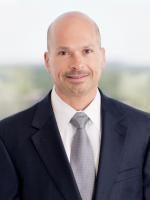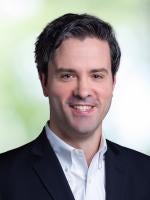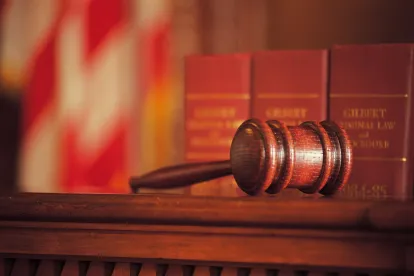A South Florida restaurant has asked the US Supreme Court to overturn a federal district court’s ruling that the restaurant is not entitled to coverage under an “all risk” commercial property insurance policy for lost income and extra expenses resulting from nearby road construction. In the underlying coverage action, the policyholder, Mama Jo’s (operating as Berries in the Grove), sought coverage under its all-risk policy for business income losses and expenses caused by construction dust and debris that migrated into the restaurant. Should the Supreme Court grant certiorari, the case will be closely watched by insurers and policyholders alike as an indicator of the scope of coverage available under all-risk policies and whether the principles pertinent to construction dust and debris (at issue in Mama Jo’s claim) have any application to the thousands of pending claims for COVID-19-related business interruption losses pending in the state and federal court systems.
As previously discussed on this blog, the Eleventh Circuit’s decision deviates from Florida precedent on the issue of “direct physical loss” and even its own understanding of that term as described in the August 18, 2020 decision now at issue before the Supreme Court. Mama Jo’s points to this in its petition along with several other errors arguing, for example, that the appellate court’s ruling renders entire areas of coverage nonexistent by requiring “tangible destruction” of property under all-risk policies that expressly afford coverage for types of clean-up costs required to remove debris from covered property.
In support of Supreme Court review, the restaurant cites more than 50 instances of the Eleventh Circuit’s opinion being cited by insurers in COVID-19 claims to argue that viral contamination is not direct physical loss because a virus, like dust, can simply be cleaned or disinfected. While this premise is flawed in the context of construction dust, it is particularly inapplicable to COVID-19.
The coronavirus materially differs from dust in several respects—it cannot be seen with the naked eye; it cannot be cleaned from surfaces and air in any practical manner; and as a consequence of those remediation difficulties, it physically transforms property from a safe condition to a dangerous, potentially deadly transmission mechanism, rendering the property unusable and unfit for its intended purpose.
Whether, when, and for how long this occurs, however, are factual questions best addressed through expert opinion, as Mama Jo’s raises in its petition. More importantly, for the thousands of pending COVID-19 business interruption lawsuits, factual questions concerning the nature, scope, and duration of the impact a virus may have on property (primarily surfaces and indoor air) cannot be decided by the court on a Rule 12(b) motion (or in some instances even on summary judgment, as was the case in Mama Jo’s), as is occurring in many COVID-19 claims across the country, where all well-pleaded facts must be accepted as true and need only plausibly allege a covered claim. Indeed, policyholders seeking coverage under all-risk commercial property policies like those in Mama Jo’s and many other cases need only allege a fortuitous loss not expressly excluded by the terms of the policy.
The Eleventh Circuit’s rationale also errs in injecting a temporal element into the phrase “direct physical loss” requiring permanent damage or dispossession of property. Suggesting that dust cannot “damage” property because the condition is only temporary is not (and has never been) the test. Indeed, even in cases of fire, hail, flood, or windstorm, the damage or destruction contemplates repair, replacement, or rebuilding. Concomitantly, time element coverage contains distinct starting and ending points, with the interim period of liability often expressly contemplating the use of reasonable diligence and dispatch to resume operations as quickly as reasonably possible. Any suggestion, therefore, that covered loss or damage be permanent ignores these fundamentals of time element coverage.
Finally, at a more basic level, the courts in Mama Jo’s appear to have ignored the other “reasonable” interpretations of the same or similar direct physical loss or damage language at issue, which necessarily means that the phrase is ambiguous under Florida (and many other state’s) law. To prevail, Mama Jo’s need only show that its interpretation is reasonable and, conversely, need not demonstrate the insurer’s or other court’s views are all unreasonable. As shown in the petition, there are four Circuit Courts where federal judges have interpreted “direct physical loss” in the same manner as the policyholder in Mama Jo’s, demonstrating that the restaurant’s view is reasonable and, therefore, controlling as to interpretation of the undefined policy language.
As the dust in the Mama Jo’s dispute settles, insurers will continue to ignore basic insurance principles and champion Mama Jo’s as a basis to deny coverage. Time will tell whether the Eleventh Circuit will see clear to correct its misgivings or whether the Supreme Court will set the record straight. Until then, policyholders in Florida and the Eleventh Circuit should anticipate arguments premised on Mama Jo’s and ensure that future complaints present robust factual allegations that detail the mechanism by which COVID-19 causes a direct physical transformation of insured property.





 />i
/>i
